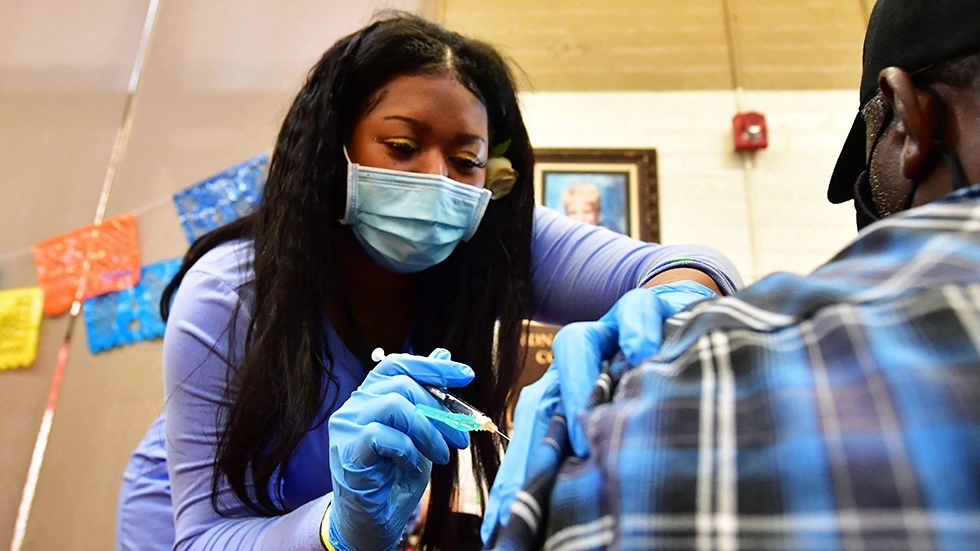[ad_1]
 For many, the holidays mean a time for celebration and gatherings with friends and family. But for some, the season is filled with feelings of stress, sadness and loneliness.
For many, the holidays mean a time for celebration and gatherings with friends and family. But for some, the season is filled with feelings of stress, sadness and loneliness.
The annual stressors of the holidays may be enough to push those struggling with mental health over the edge. According to the Center for Disease Control and Prevention (CDC), suicide is the second leading cause of death among Americans aged 10 to 34. It’s the fourth leading cause of death among those aged 35-44 and the fifth cause of death among those aged 45-55.
Stony Brook Medicine experts Suzie Marriott, MS, RN, PMH-BC, and Susan Wilner, LCSW, share what to look out for and mental health tips to remember as you head into the new year. Marriott is chair of the Suicide Postvention Committee, Chief Nursing Officer and Senior Vice President of Patient Care Services at Stony Brook Eastern Long Island Hospital. Wilner is assistant director of Behavioral Health Services Operations and an appointed member of the Suicide Postvention Committee.
Tips to keep in mind this Holiday Season:
- If you, someone close to you, or someone you know is experiencing a suicidal crisis or in emotional distress call or text 988 and have a confidential conversation with a trained counselor 24 hours a day at the Suicide and Crisis Lifeline.
- The holidays can bring up difficult memories or thoughts for many individuals. Stay connected with others by engaging in daily check-ins, even if they may seem okay.
- Be kind to yourself. Remember to participate in self-care activities to help lessen the stress felt during the holidays.
- Be mindful of people’s boundaries. Don’t overextend yourself or others emotionally, physically or financially.
- Remember that you don’t know what people are dealing with this time of year. Acts of kindness to both those you know and strangers you meet can really make a difference to them and to you!
What triggers thoughts of suicide?
The CDC reports an estimated 12.2 million American adults seriously thought about suicide in 2020. Some contributing factors include:
- Feelings of isolation or disconnected from others
- Loss of a loved one (particularly in last two years)
- Legal problems or a previous criminal record
- Being a victim of abuse
- Relationship problems
- Financial stress or job loss
- Depression, anxiety or other emotional problems
- History of self-harm and/or previous suicide attempts
- Exposure to suicidal behaviors
Who is most at risk?
Some people are more impacted than others by suicide. These include:
- Veterans and other military personnel
- Law Enforcement
- Healthcare Workers
- Farmers and Seafarers
- People in construction, the arts, design, entertainment, sports and media fields
- LGBTQ+ youth
- White men, 44 to 65 and 85 years and older
- Those diagnosed with major depression, bipolar disorder, schizophrenia, borderline personality disorder, post-traumatic stress disorder, substance use and eating disorders
Are there warning signs?
The CDC has identified 12 warning signs of suicide:
- Feeling like a burden
- Being isolated
- Increased anxiety
- Feeling trapped or in unbearable pain
- Increased substance use
- Talking or posting about wanting to die
- Making plans for suicide
- Looking for a way to access lethal means
- Increased anger or rage
- Extreme mood swings
- Expressing hopelessness
- Sleeping too little or too much
If you or someone you know may be struggling, there are a number of resources. These include but are not limited to:
Speak with a Stony Brook suicide prevention expert by calling (631) 632-9510 (adults) or (631) 632-8850 (children).
For more on coping with the holiday blues, visit the Stony Brook Medicine website.
[ad_2]
Source link




